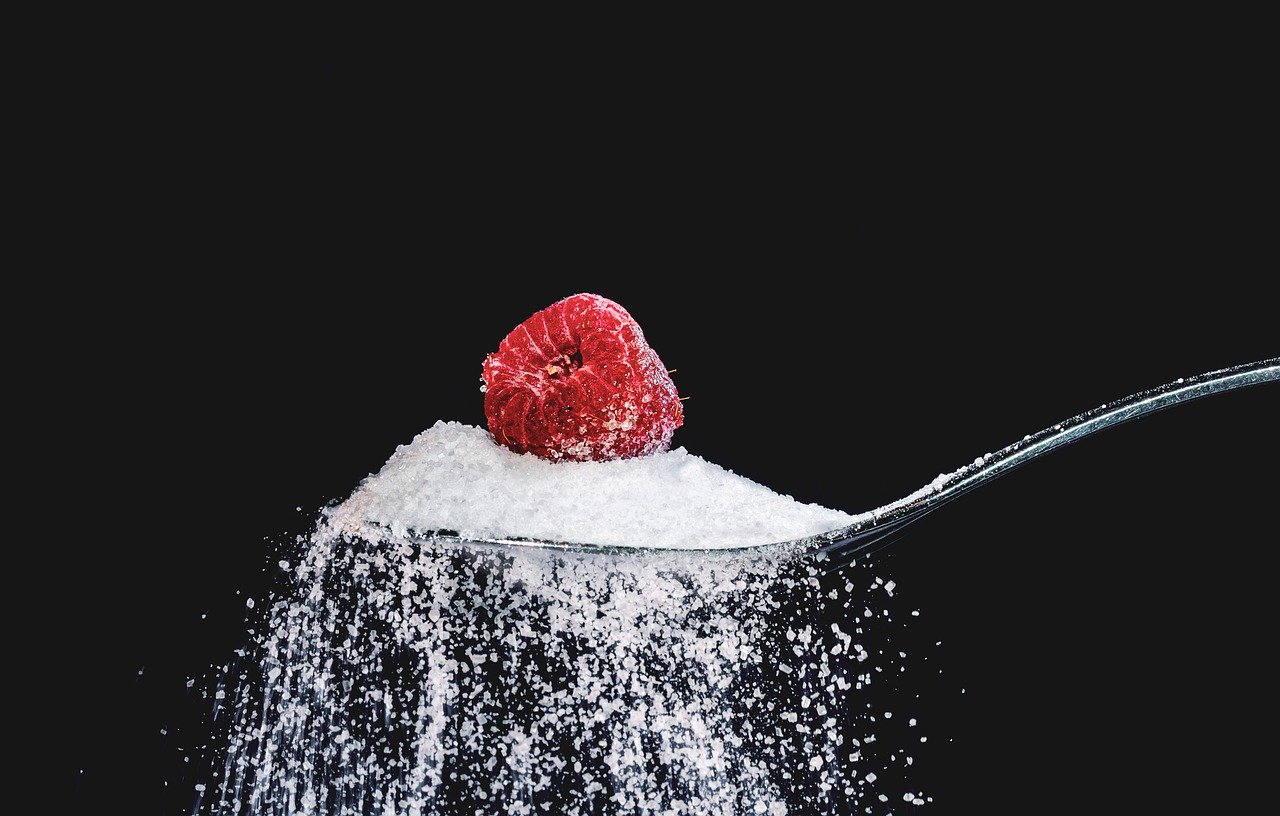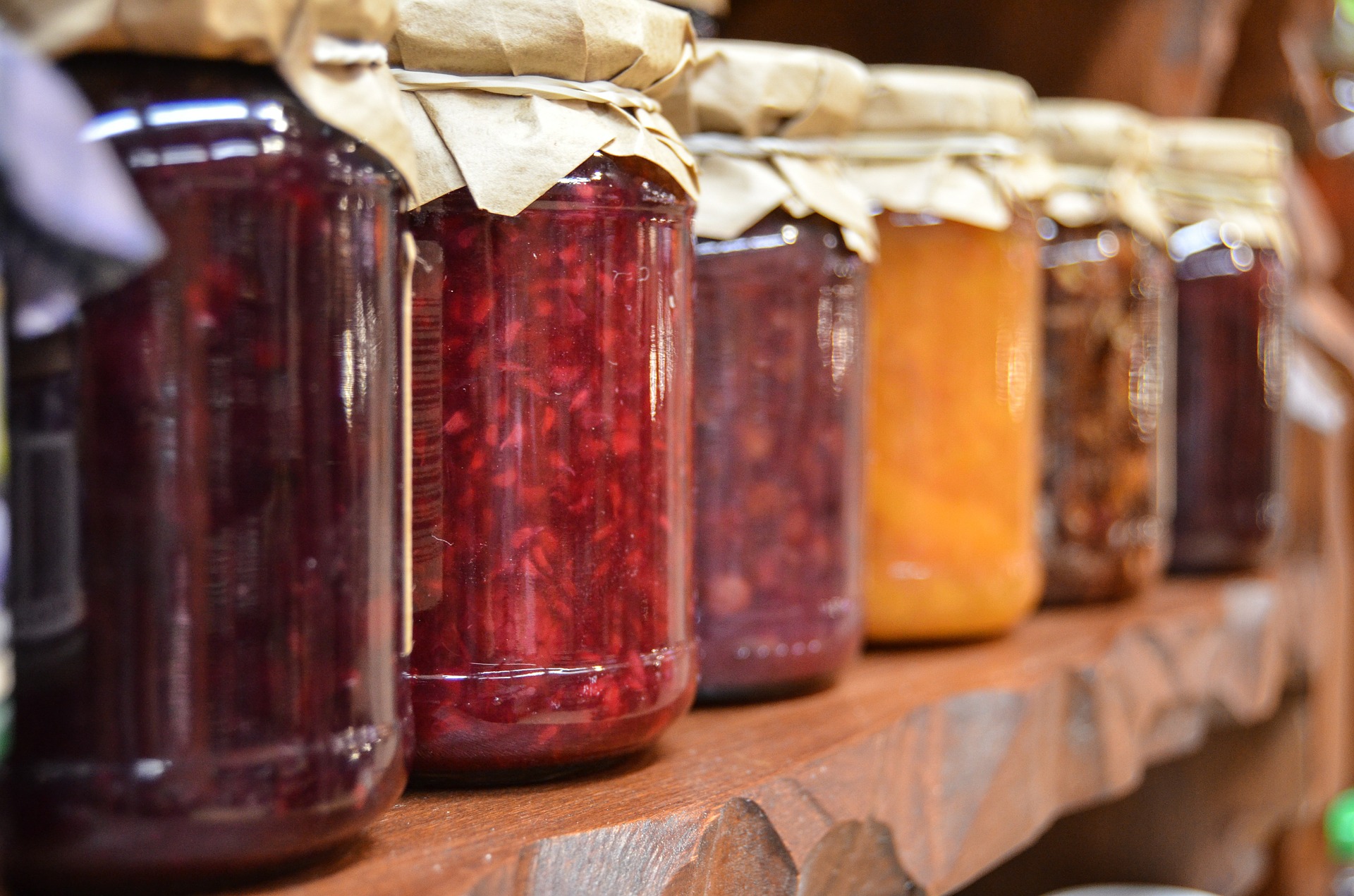Fresh and natural foods without any processing contain the highest level of nutrients and have the best texture and taste. New foods are perishable in a relatively short time compared to processed foods due to the energetic presence of bacteria such as fungi, bacteria, yeasts, and their own enzymes. But storing food usually means that unhealthy amounts of additives and compounds contaminate it. When such additives, such as sugar and salt, are expelled from our bodies through the liver and kidneys, these chemicals put pressure on our organs’ function. However, if the chemicals tend to accumulate in our body, the result could affect our well-being and be potentially fatal in the long term.
Freezing
USDA reports have shown that freezing does not spoil nutrients in food. In freezing foods, some people prefer to use glass jars. By doing some research, you can learn how to use glass jars for storage. However, depending on the type of food, a reduction in color, texture, and coloration is likely to occur when frozen. Besides, foods are frozen refreshingly until their nutrients begin to degrade over time.
Therefore, freezing foods before they spoil does not help to maintain their nutritional value. Microorganisms such as bacteria are inactivated but not destroyed when kept in suspension so that the food no longer oxidizes and spoils. But once the food thaws, the germs continue their activities, and the food must be treated as a new food to ensure that it is safe to eat.

Sugaring
This approach is used for the preservation of sweets. It is often used to preserve apples, apricots, and plums. Peanut butter is used to dehydrate the food substance. Another possibility is to feed the peel of some fruits with sugar until they crystallize. They can then be placed in a dry atmosphere. But this method may not be as reliable. Since sugar extracts moisture, it is very likely that as the food’s moisture content increases, the growth of indoor microorganisms will be encouraged.
Drying
 Drying is usually done by heating and removing moisture from the food, and it is easier to wash plant products than animal products. The loss of food is generally due to the reduction of heat and not moisture. Also, when food is processed before it is dried, other nutrients are actually missing. The introduction of moisture into dry food leads to mold formation since mold spores are practically omnipresent.
Drying is usually done by heating and removing moisture from the food, and it is easier to wash plant products than animal products. The loss of food is generally due to the reduction of heat and not moisture. Also, when food is processed before it is dried, other nutrients are actually missing. The introduction of moisture into dry food leads to mold formation since mold spores are practically omnipresent.


